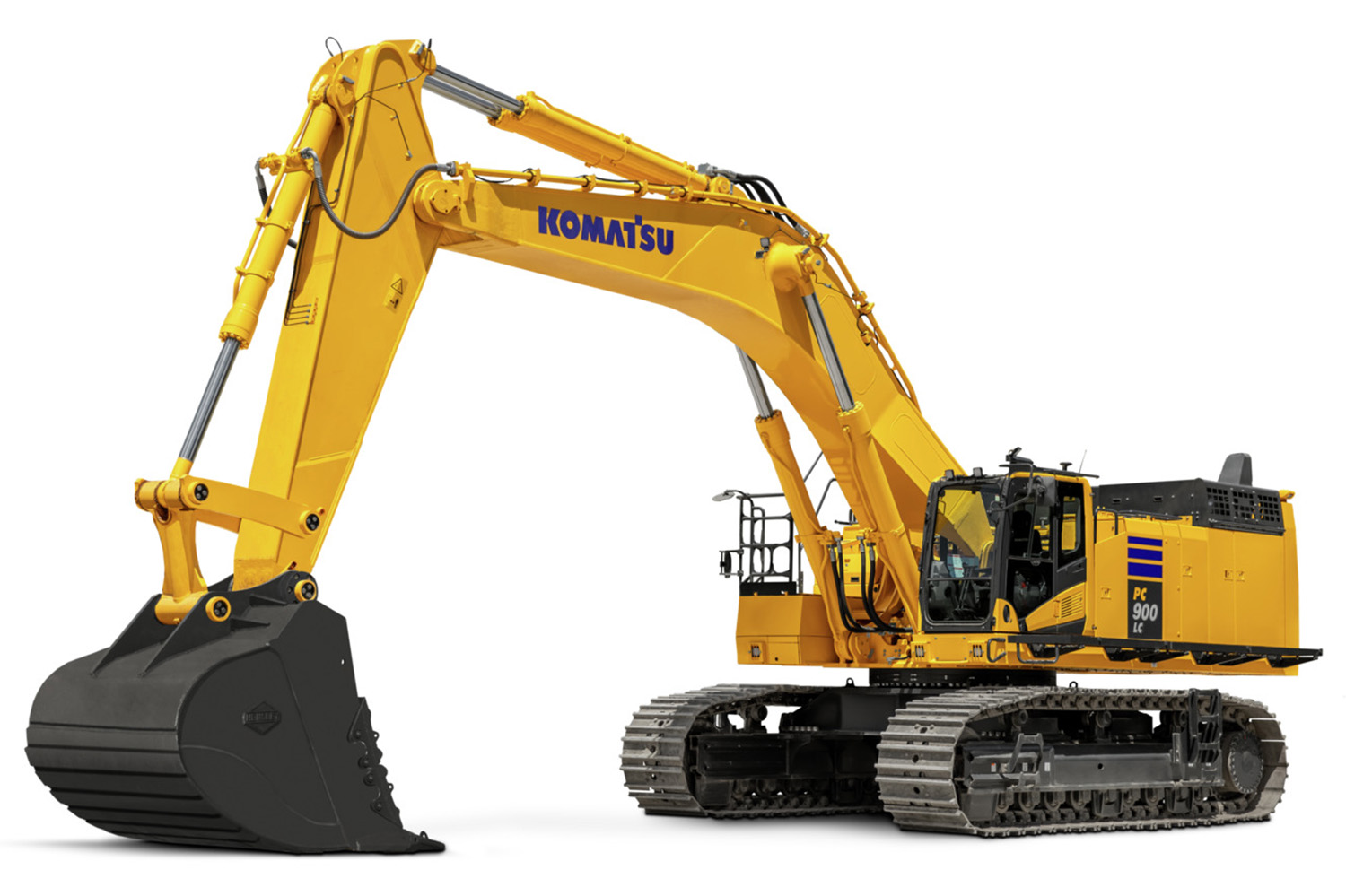Introduction
In today’s fast-moving markets, waiting to react to competitor moves is no longer enough. To truly stay ahead, businesses need to anticipate market shifts before they occur. AI For Competitor Analysis provides this predictive edge by continuously scanning, analyzing, and interpreting competitor behavior and market signals in real time. This proactive approach empowers companies to make informed strategic decisions that outpace rivals and capitalize on emerging opportunities.
Why Traditional Competitor Analysis Falls Short
Traditional competitor analysis relies on manual research, periodic reports, and lagging data. By the time trends or competitor pivots become apparent, valuable time and market share may already be lost. The manual process is also resource-intensive and often fails to capture subtle signals embedded in large volumes of unstructured data like social media, job postings, and customer reviews.
How AI Enhances Market Prediction
AI for competitor analysis uses machine learning algorithms to detect patterns and anomalies that humans can miss. It integrates multiple data streams—including pricing changes, hiring trends, content shifts, and customer sentiment—to build a holistic view of competitors’ strategic intentions.
Detecting Early Signals of Competitor Strategy
For example, if a competitor increases job postings for AI specialists, it could indicate an upcoming AI-driven product launch. Sudden price adjustments or promotional campaigns may signal a shift in business model or market focus. AI can spot these signals weeks or months earlier than traditional methods, enabling timely responses.
Monitoring Customer Sentiment Shifts
By analyzing thousands of customer reviews and social media mentions, AI tracks changes in customer preferences and pain points related to competitors’ offerings. This insight helps predict where market demand is heading and guides product development or marketing strategy accordingly.
Tracking Emerging Technologies and Innovation
AI tools can analyze competitors’ technology stacks, patent filings, and partnership announcements to forecast adoption of new technologies. Recognizing trends like increased focus on blockchain, AR/VR, or sustainability can help businesses position themselves ahead of the curve.
Investment and Funding Insights
Venture capital activity often precedes market shifts. AI-driven analysis of funding rounds, investor portfolios, and startup acquisitions offers clues about future competitive landscapes and emerging high-growth sectors.
Real-World Example: Early Trend Detection
A retail brand used AI for competitor analysis to identify a competitor’s early investment in eco-friendly packaging through job listings and supplier news. Acting on this insight, the brand launched its own sustainable product line months earlier than expected, capturing market share from eco-conscious consumers.
Conclusion
In rapidly evolving industries, predictive intelligence is the key to sustainable competitive advantage. AI for competitor analysis transforms raw data into actionable foresight, allowing businesses to anticipate and prepare for market shifts before they disrupt. By embracing AI-powered competitive insights, companies move from reactive to proactive strategy, securing their position as market leaders.




